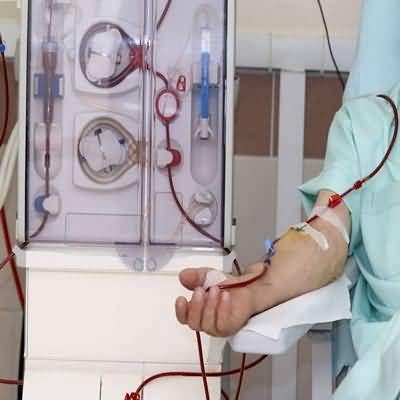The human body needs energy to survive, this energy come from burning basic nutrients proteins, carbohydrates and fats, which body ingest them in form of food
When human take food/ fluid, it travel though the digestive system where nutrients and water absorbed to the blood
Body organs, tissues and cells utilized these nutrients to produce energy
When the energy utilized, it result in production of undesirable products called creatinine
The creatinine circulate via the blood to reach the kidney
The kidney dispose of the creatinine via the urine
The kidney keep the level of creatinine less than 1.2 mg per dl
When the kidney failed to keep serum creatinine less than 1.2 mg it called renal failure
The pattern of rising creatinine level reflect the type and severity of renal failure
Sudden rising creatinine level called Acute Renal Failure, where gradual rising creatinine level called Chronic Renal Failure
Effect of raised creatinine level:
Itself harmful to body organs
The kidney not performing it functions
The human body can tolerate increased creatinine level to some extent, after that he demands support.
Some kidney lost functions can be managed by medications.
Raised serum creatinine classified into five stages, the last one called End Stage Renal Disease
Raised creatinine level up to certain level demand special procedure called dialysis or of course new healthy kidney
In dialysis about 60 percent of serum creatinine can be removed in 4 hours
By performing dialysis three times per week, serum creatinine will kept in accepted range
Dialysis is a procedure based on diffusion principle, where two fluids with different solutes concentration pass around semi permeable membrane, solutes with higher concentration will go from high concentration to lower concentration
